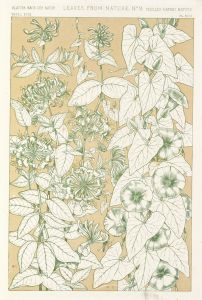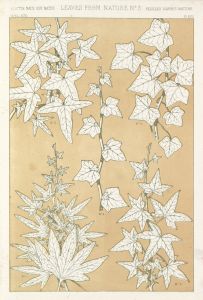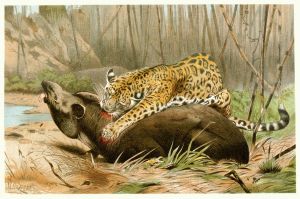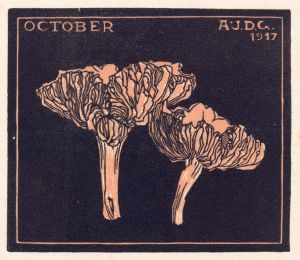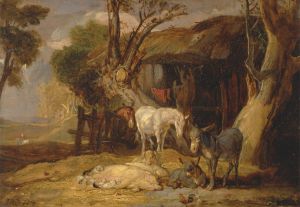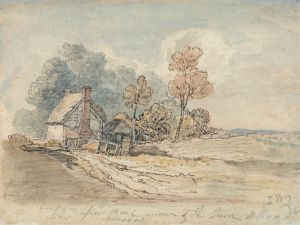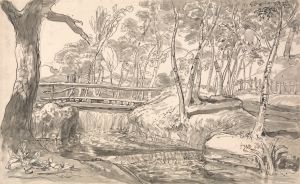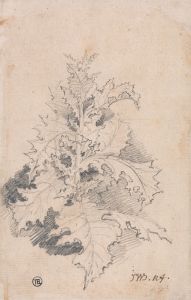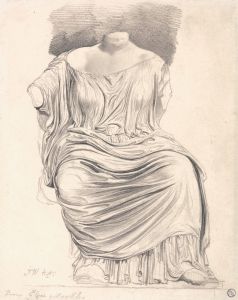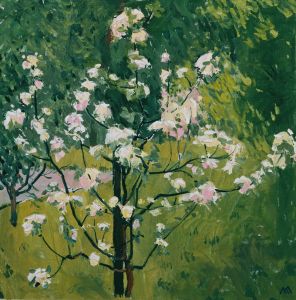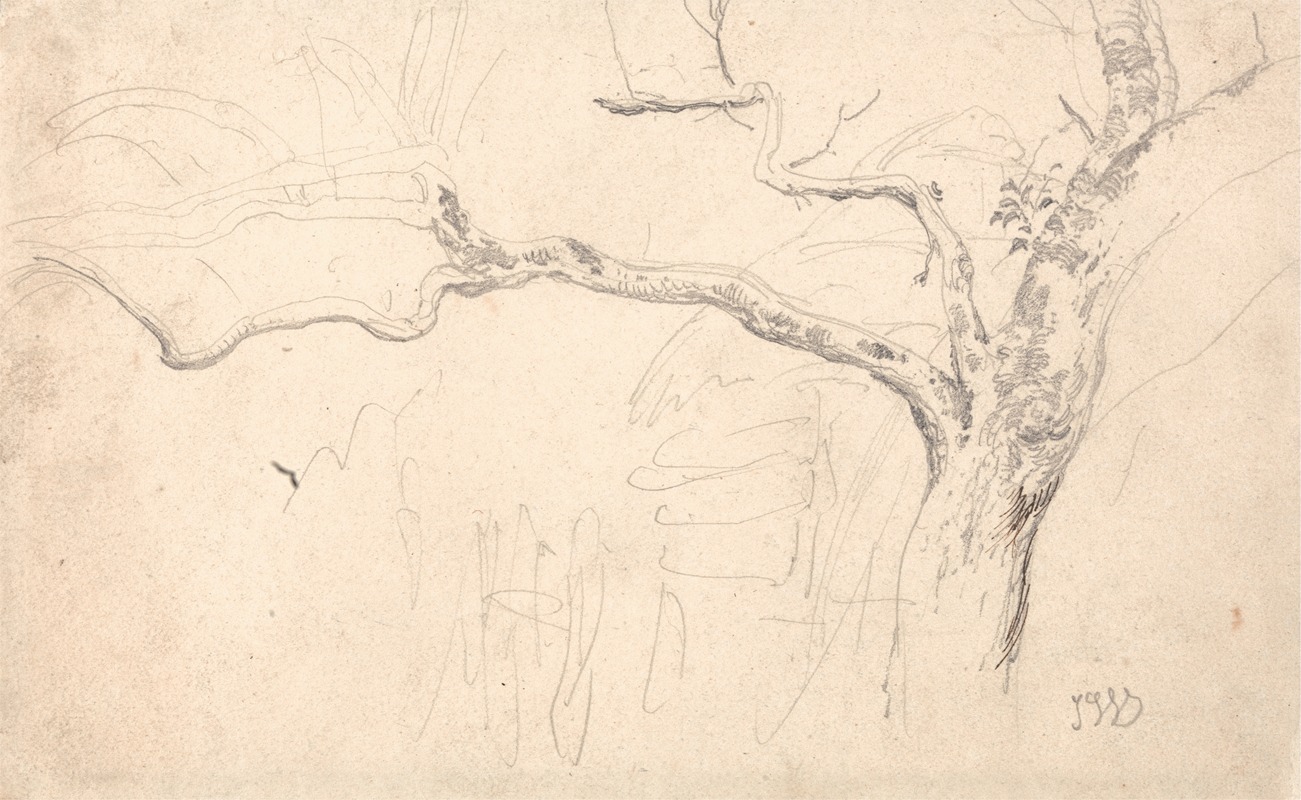
Tree Study
A hand-painted replica of James Ward’s masterpiece Tree Study, meticulously crafted by professional artists to capture the true essence of the original. Each piece is created with museum-quality canvas and rare mineral pigments, carefully painted by experienced artists with delicate brushstrokes and rich, layered colors to perfectly recreate the texture of the original artwork. Unlike machine-printed reproductions, this hand-painted version brings the painting to life, infused with the artist’s emotions and skill in every stroke. Whether for personal collection or home decoration, it instantly elevates the artistic atmosphere of any space.
James Ward's painting Tree Study is a work by the renowned British artist and engraver, who was active during the late 18th and early 19th centuries. James Ward (1769–1859) is best known for his animal paintings, landscapes, and portraits, and he was a prominent figure in the Romantic movement in England. His works often reflect a deep appreciation for nature and a meticulous attention to detail.
Tree Study exemplifies Ward's skill in capturing the natural world with precision and sensitivity. The painting focuses on a detailed depiction of a tree or trees, showcasing Ward's ability to render textures, light, and shadow. While the exact date of the painting is not definitively documented, it is consistent with Ward's broader body of work, which often explored themes of rural life and natural beauty. His tree studies, like this one, were likely created as part of his artistic practice to study and understand the forms and structures of nature.
James Ward was influenced by the works of Dutch landscape painters, as well as by his contemporaries in England, including his brother-in-law George Morland. His artistic career was marked by a transition from engraving to painting, and he became an associate of the Royal Academy in 1807 and a full member in 1811. Ward's works were celebrated for their dramatic use of light and their ability to convey the vitality of the natural world.
Unfortunately, specific details about Tree Study, such as its current location, medium, or dimensions, are not widely documented in available historical records. It is possible that the work was part of a private collection or created as a preparatory study rather than a finished piece intended for public exhibition. Ward's tree studies, in general, are valued for their contribution to the Romantic tradition and their role in advancing the appreciation of nature in art.
Given the limited information about Tree Study itself, it is best understood within the context of James Ward's broader oeuvre and his dedication to capturing the essence of the natural world.





